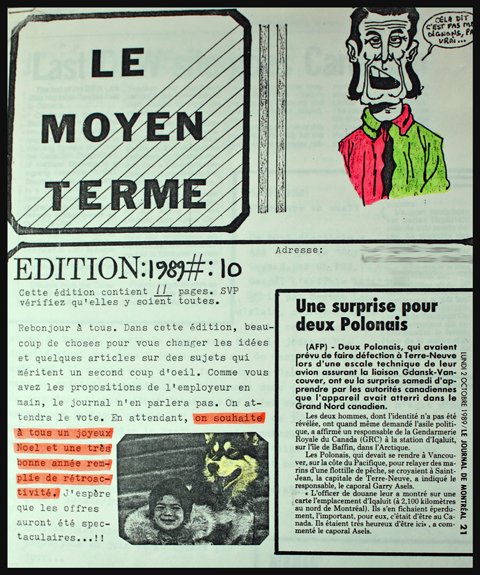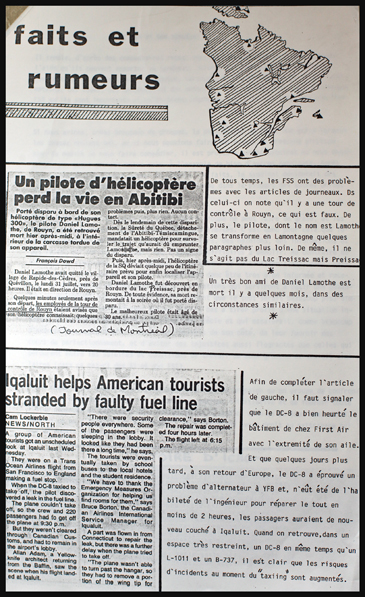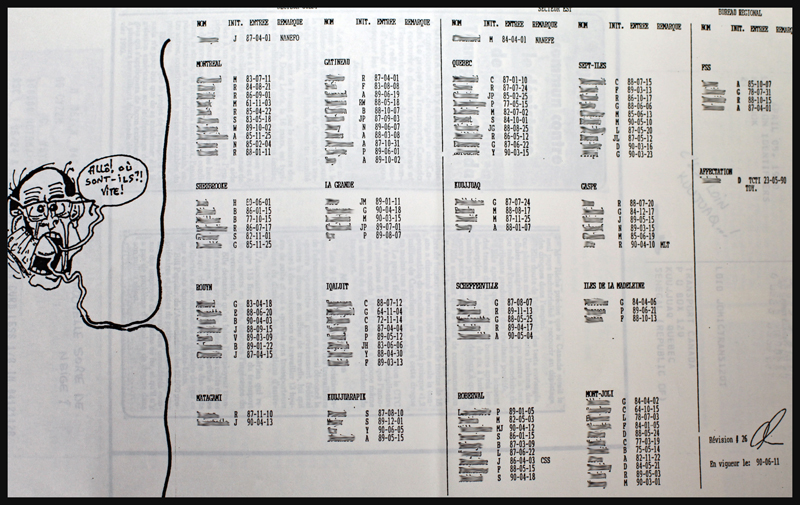Summer 1988. I only had few months left as a Transport Canada flight service specialist (FSS) in Rouyn-Noranda (CYUY) before being transferred to Iqaluit, an isolated Arctic post in the Nunavut, Canada. That summer, during my annual holidays, I took few days to drive to St-Jean-sur-Richelieu, just in time for my parent’s wedding anniversary.
We thought of offering them a ride in a hot air balloon. The balloon would lift from a field facing the St-Jean-sur-Richelieu Cégep.
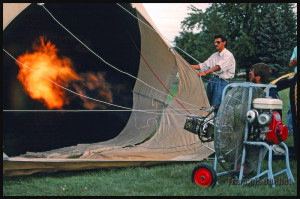
The winds were favoring a flight path that would allow the crossing of the Richelieu River. The pilot would profit from that opportunity since the crossing of that river is very popular with the city’s inhabitants. We just hoped that the wind direction would not change while the balloon was over the water.
The amount of propane gas being limited, the flight would have to be at a quick enough pace to allow the pilot to get away from Iberville’s buildings once on the other side of the river. I don’t think my parents were worried about those details. I imagined that their anxiety was instead building up at the same time as the balloon envelope was gaining volume.

As soon as the balloon lifted off, it drifted towards the river. This would allow the pilot to touch the river with the basket, something he did twenty minutes later with great ability.
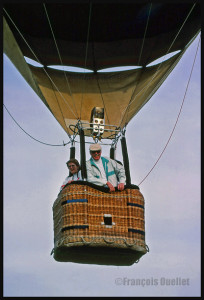

The balloon then regained altitude, just high enough to skim over a corn field on the other side of the river. We were following the balloon’s path by car. We used all the shortcuts available, and were creative when it came to following traffic rules and road signs.
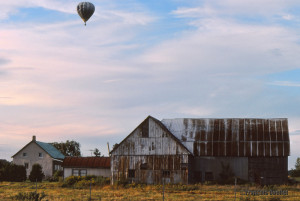
About one hour later, the pilot started the descent. The balloon landed without problem in a field. When essential manoeuvers were completed, he surprised us by pulling few items out of the basket: a small folding table, a red-checked tablecloth and glasses for everyone.
The evening was a complete success. Somewhere in the countryside, just before night time, we celebrated with a bottle of champagne…
For more real life stories on the Rouyn-Noranda flight service station and flight service specialists, click here:
